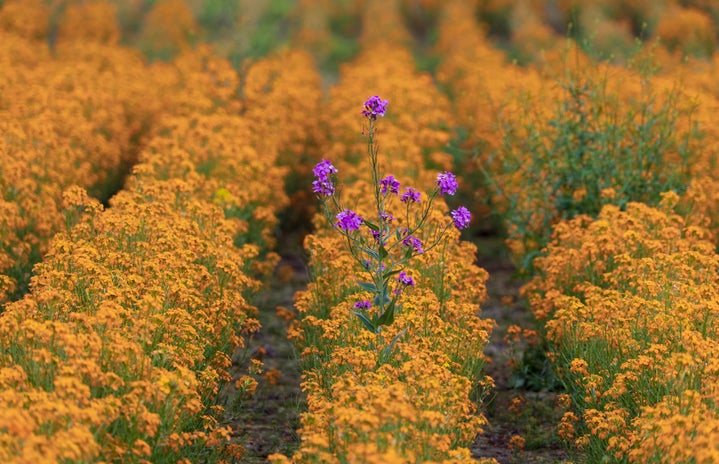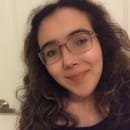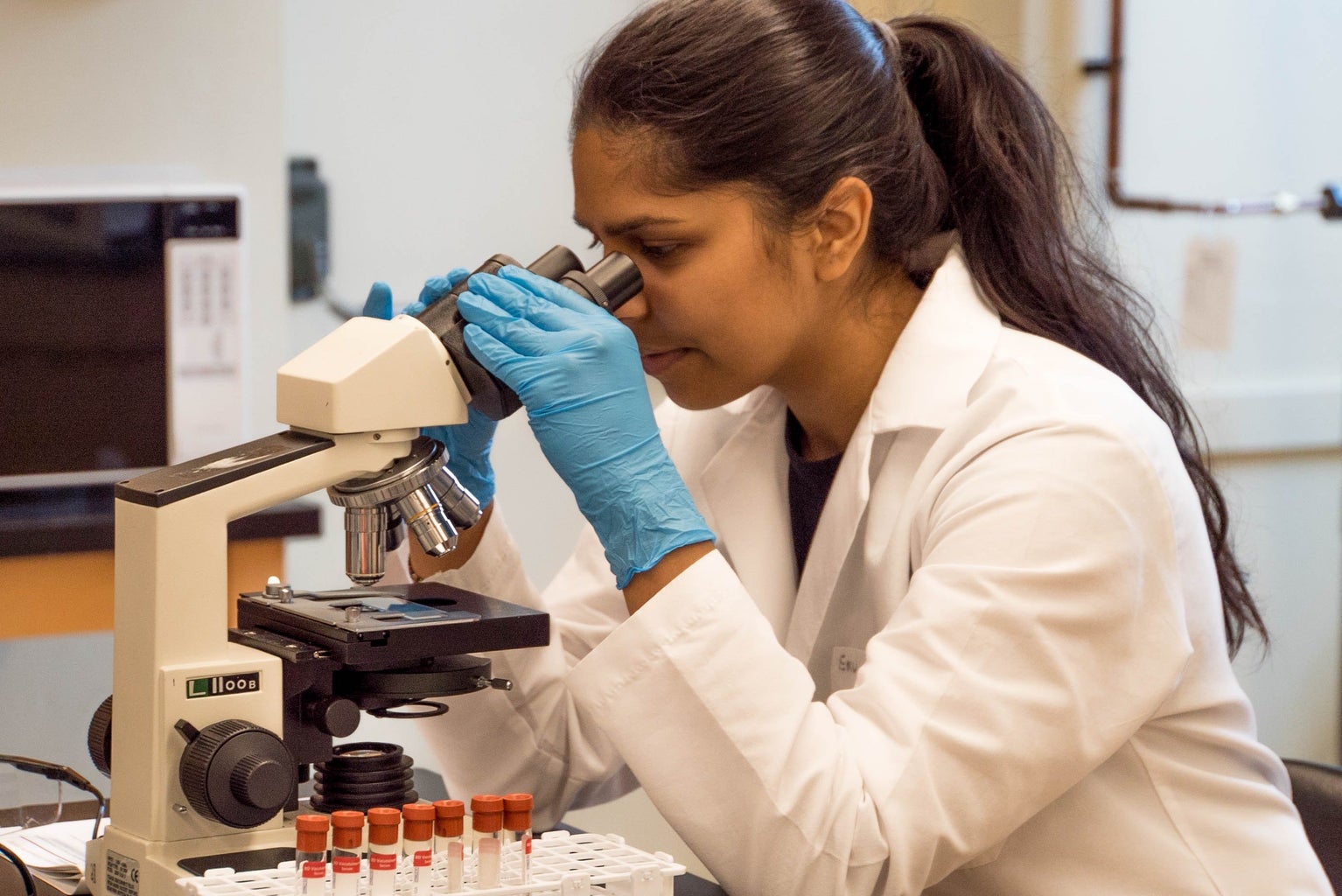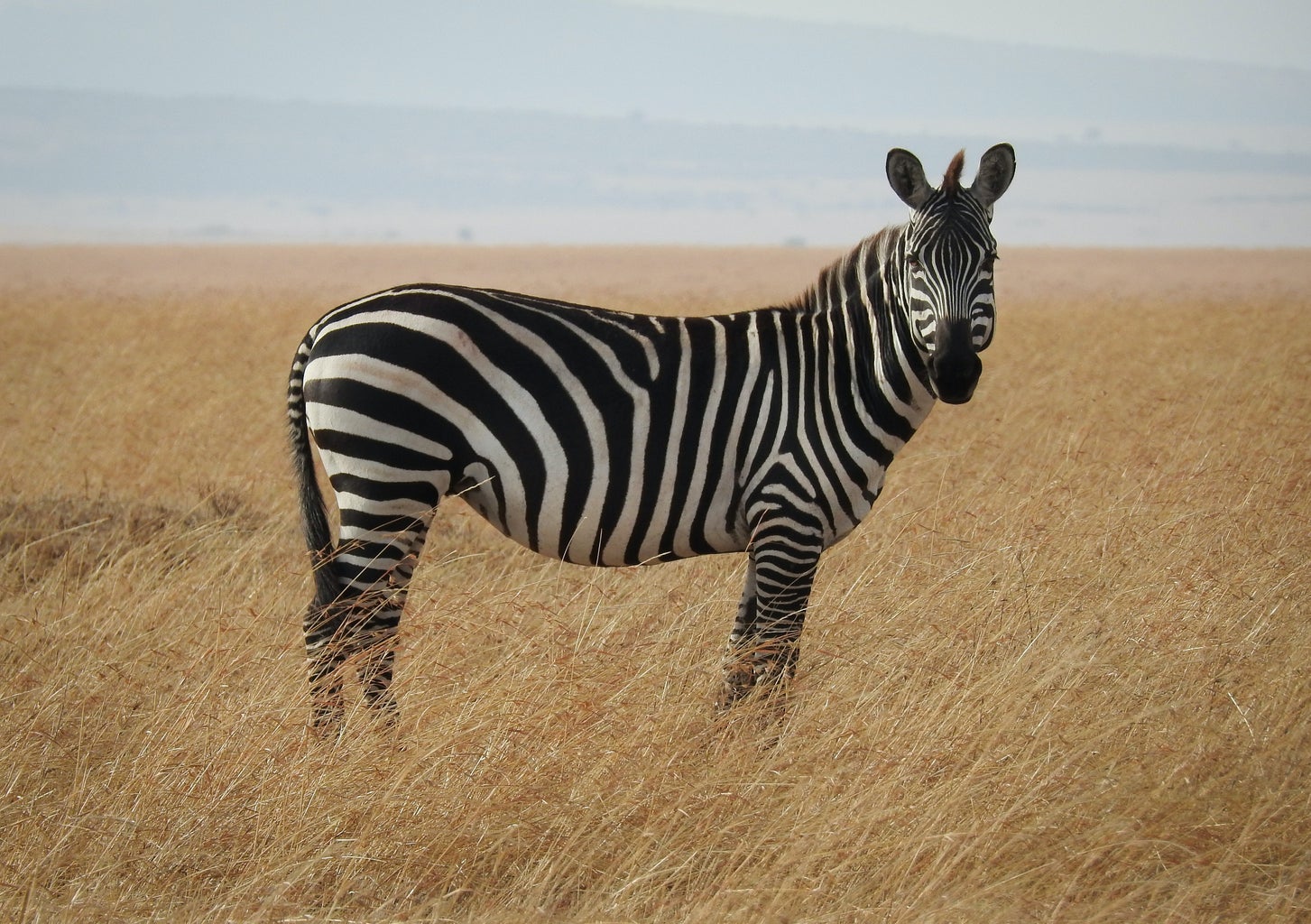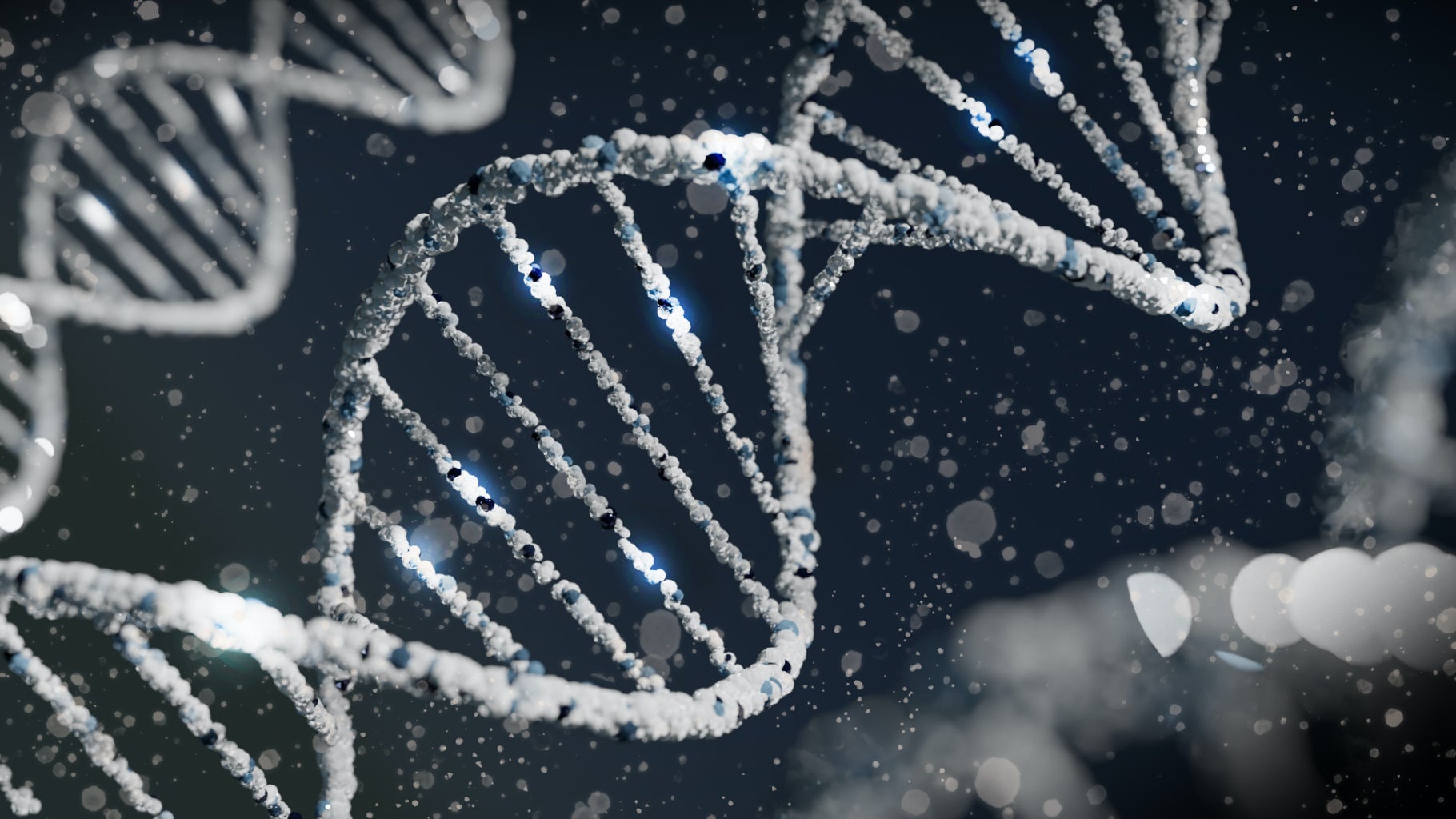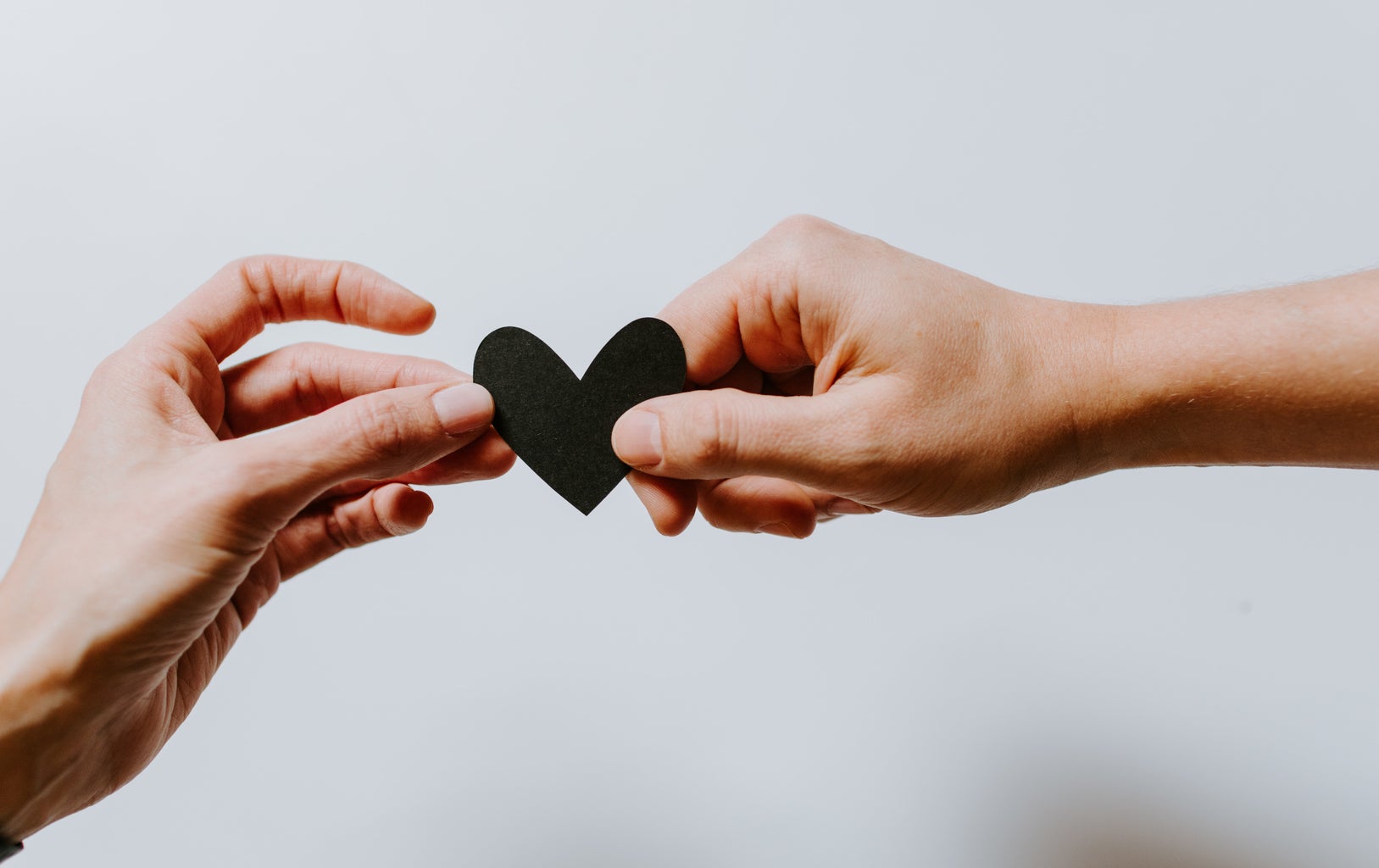There are 7,000 rare diseases affecting 300 million people worldwide. These types of diseases are often overlooked, seen as helpless, and not worthwhile to cure or even provide treatment for because “so few” people have them. When in reality, most rare diseases are actually under-diagnosed, research is underfunded, and doctors simply aren’t aware of them. Rare Disease Day celebrates the forgotten people who live with rare diseases.
Rare Disease Day was created on February 29th, 2013 by EURODIS (European Organisation of Rare Diseases). It is always celebrated on the last day of February because this day symbolizes the rarest day of the year. Rare Disease Day is run by NORD (National Organisation for Rare Disease). EURODIS and NORD take pride in making this special day one that brings awareness and educates others on the different rare diseases and how they impact people’s lives.
This special day is represented using a zebra. It is the Rare Disease Day mascot. There are a few reasons why zebras are chosen as the mascot and it’s not just because they look cool. Zebras are known for always having different stripe patterns, you will never see two zebras with identical patterns. This is the same for people with rare diseases since no two diseases are alike.
Another aspect of zebras that was adopted into the representation of this day is that sometimes when you hear a hoofbeat it’s not actually a horse, it’s a zebra. So, expect the unexpected. Another symbol for Rare Disease Day are the colours pink, blue, green, and purple. Many landmarks around the world such as the CN tower light up in these colors in support of the day.
Each year there is a new theme. This year the theme is ‘Share your Colors’ the goal is to improve the policies surrounding wait times and barriers for receiving diagnoses and therapies as well as promoting equity.
I myself live with a rare disease. It doesn’t have a formal name but it is a type of Ehlers Danlos Syndrome that is impacted by the mutation of the CHST14 gene. Without delving too deep into the medical mystery that is my life, this syndrome and gene mutation fall under the umbrella of a connective tissue disorder.
There is very little research out there on EDS CHST14. Most of the research available is actually from testing done on me. I, along with my younger sister, are the only known people in North America with this type of EDS. There are around 30-40 cases worldwide of this particular connective tissue disorder, making my case very rare.
Until I was 10, I didn’t even have a formal diagnosis and I felt really isolated having something “wrong with me” which no one had a solution for. This is a feeling many people have with rare diseases. Now I am 22 years-old and there is still no solution or magic pill that can solve all my problems. The most I or anyone can do is advocate for those with rare diseases, put pressure on big pharma to make medications more financially accessible and to listen to disabled people. You can also show your support by posting a picture wearing stripes and captioning it with #RareDiseaseDay to get the conversation started.
